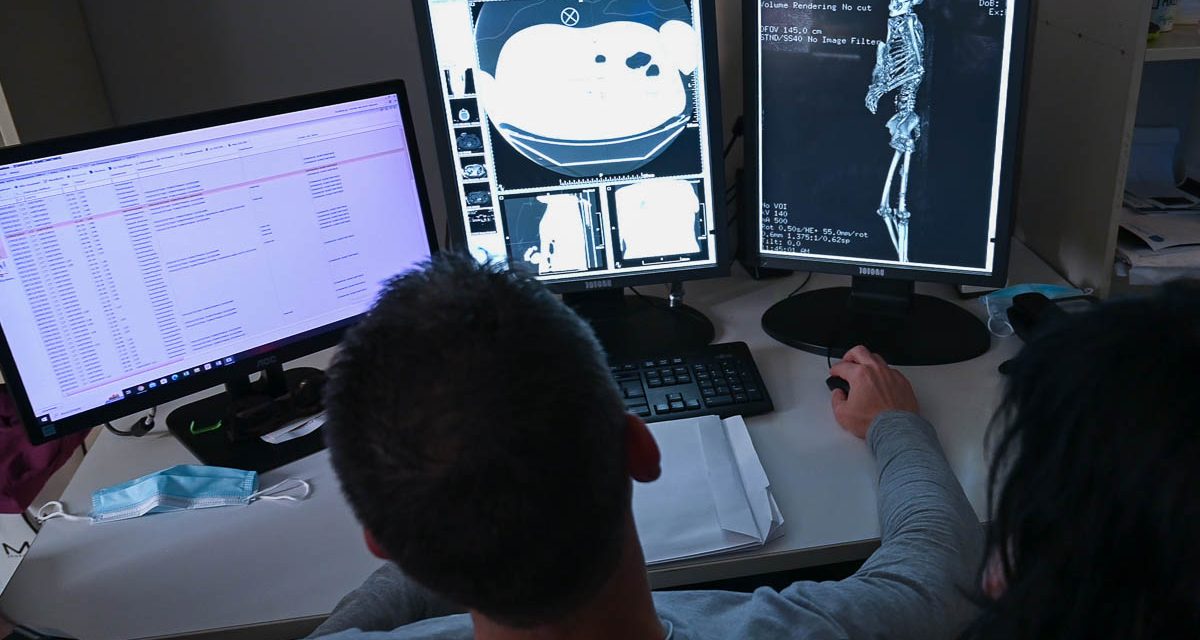Census figures reveal which areas of Greece saw increases, declines in population


The census of 2021, whose results were recently announced by the statistics agency ELSTAT, showed that Greece’s population has declined by 383,805 individuals, or 3.5 pct in comparison with the last census taken in 2011. Females still outnumber males, with the former making up 51.4 pct of the population against 48.6 pct for the latter.
A closer analysis of the results showed that this decline was not evenly spread in all areas, however. Of the five most populous regions of the country, Attica remained in the lead with a population of 3,792,469, down 0.9 pct or 35,965 individuals relative to 2011.
Central Macedonia followed with 1,792,069 people, a decline of 4.8 pct or 90,039 people relative to 2011, Thessaly was third with 687,527 people (down 6.2 pct or 45,235 people from the last census), Western Greece followed with 643,349 (down 5.4 pct or 36,447) and Crete with 617,360 experienced a decline of just 0.9 pct, or 5,705 people since 2011.
In all 13 regions in the country, only that of the South Aegean had an increase in population since 2011, while declines as high as 10 pct were recorded in Western Macedonia and 7.6 pct in Eastern Macedonia-Thrace.
Of the five biggest municipalities, the population in Athens was reduced by 4 pct, that of Thessaloniki by 2.3 pct, Patras by 1.1 pct, Iraklion increased by 1.8 pct and Larisa increased by 1.1 pct, pushing Piraeus out of the fifth spot.
According to ELSTAT chief Athanasios Thanopoulos, the 2021 census was the first digital census and delivered reliable data and the capability, for the first time, to quickly identify double and fake entries. This created a reliable record, with all inhabitants of the country represented in the official figures.
Source: amna.gr




